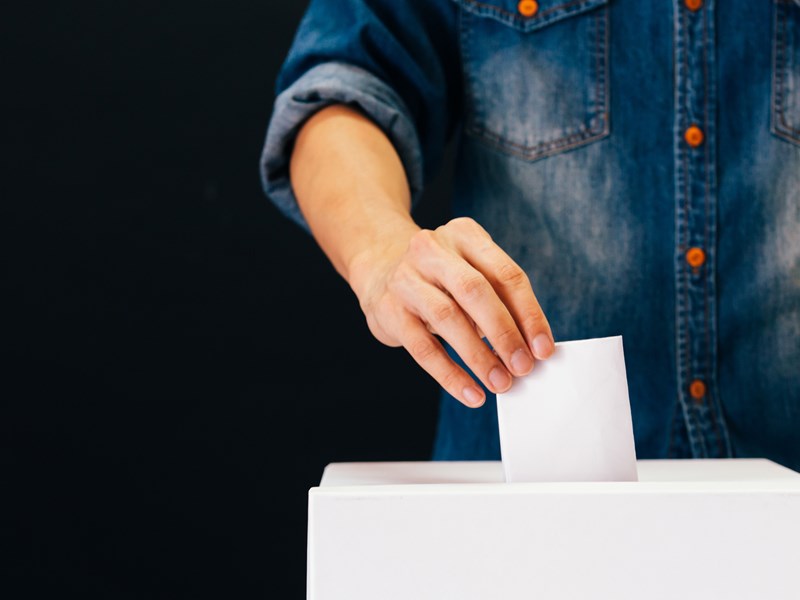This resource is appropriate for the primary years, Grades 3 to 6, but is also appropriate for middle years and upper secondary levels for consolidating or revisiting concepts of decision-making, representation and democracy, specifically when comparing and contrasting models of government from around the world.
Grades 3 & 4
At Grades 3 & 4 the activities in this resource can be used to identify and describe key democratic values in Australia and Victoria (VCCCG001) and identify how and why decisions are made democratically in communities (VCCCG002). Students can extend their knowledge of representation and decision-making by exploring how representation and decision-making relates to how and why people make rules (VCCCL0004).
Grades 5 & 6
At Grades 5 & 6 students explore the values, principles and institutions that underpin Australia’s and Victoria’s democratic forms of government (VCCCG008) and identify the key features of the electoral process (VCCCG010). Students identify the roles and responsibilities of electors and representatives (VCCCG011) and explore how different points of view on contemporary issues relating to democracy and citizenship (VCCC015).
Years 7 to 10
At Years 7 to 10 students discuss the freedoms that enable active participation in Australia’s democracy (VCCCG019) and explore how citizens can participate in Australia’s democracy, including participating in elections, contact with their elected representatives, use of lobby groups, interest groups and direct action (VCCCG020). Students explore how government is formed and their role in the decision-making process about policy (VCCCG028). Furthermore, students can compare and contrast Australia’s system of government with other governments around the world (VCCCCG029).
VCE Legal Studies, Politics and Sociology
While models of democracy and representation may not be explicitly relevant to the various VCE study designs, the resource can be used to consolidate students’ understanding of the relationship between these key concepts, and how different decision-making models affects politics, the law-making process and parliament’s ability to respond to social change.
